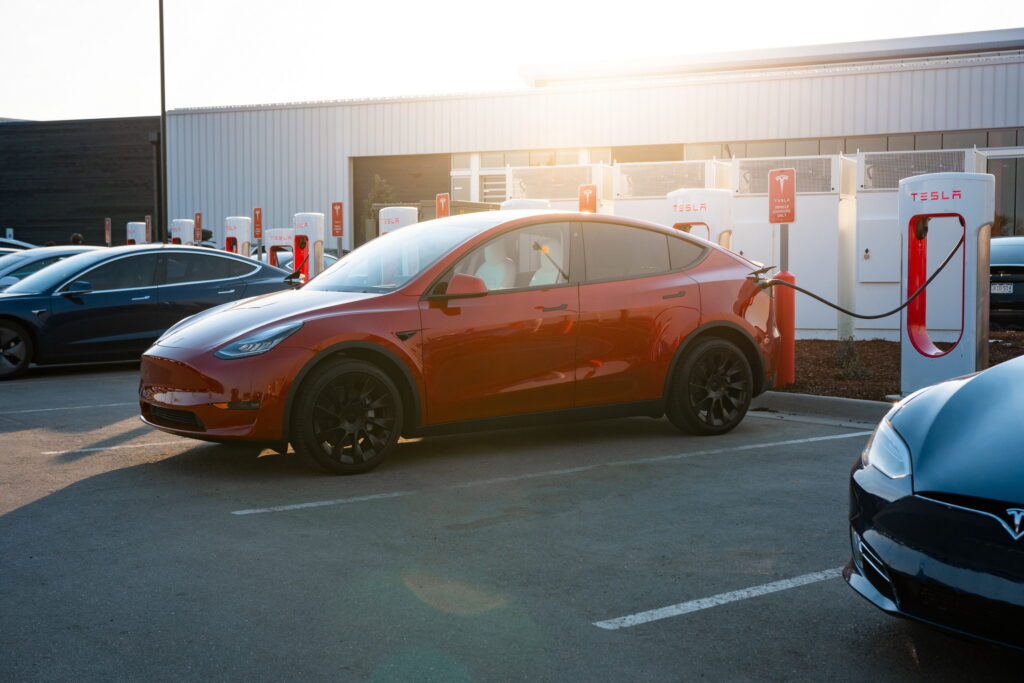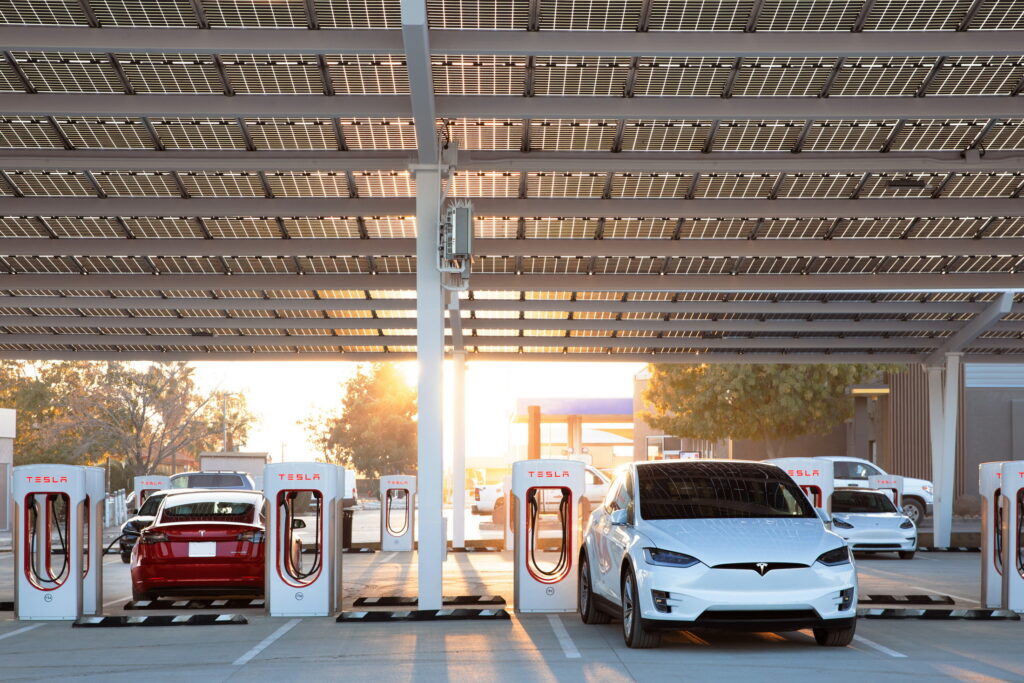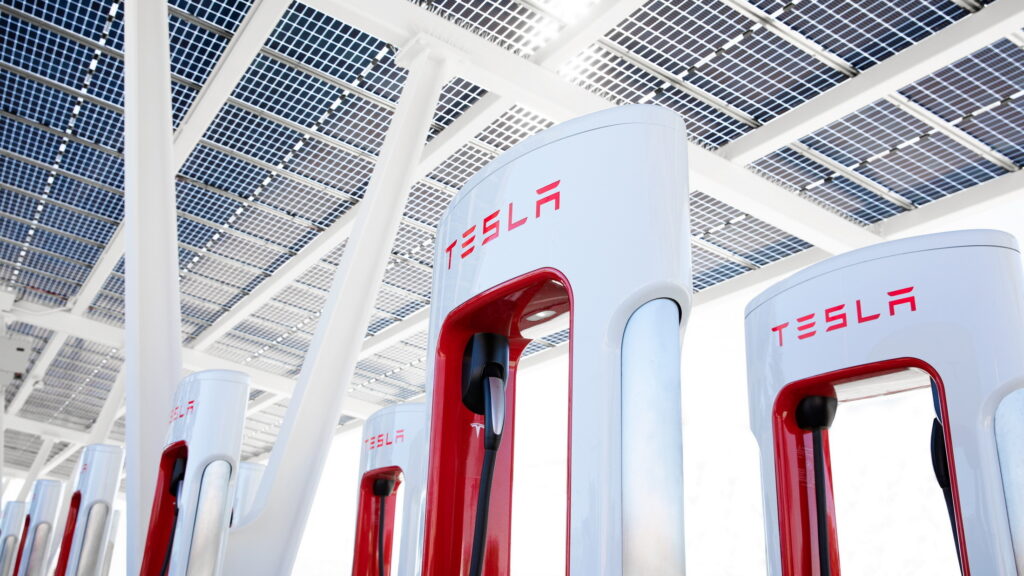Over the last couple of weeks, a number of prominent automakers have announced that they will make the change to adopt Tesla’s NACS charging plug in North America. The results of the latest J.D. Power customer satisfaction study may help to explain why.
The organization found that, on a 1,000-point scale, Tesla’s Supercharger network scored highest of all charging providers. Whereas it received a score of 734, the average for all other providers was a lowly 558.
Reliability is a major factor in that satisfaction, with just 3.9 percent of Supercharger users not being able to charge when they reached a station, per Autonews. By comparison, the users of other charging networks were unable to get a charge 21.6 percent of times, and have fewer options for where to charge, because there are more Tesla than non-Tesla charging stations in America.
Read: VW’s Electrify America Embraces Tesla’s NACS EV Plug

That has become a bigger concern, as automakers pour more and more money into their electric vehicles. It doesn’t matter how good your vehicle is, if drivers can’t get recharge in public one fifth of the time.
That may help to explain why a number of automakers, including Ford, GM, Rivian, Volvo, and Polestar have all committed to adopting the NACS standard in the coming years. In addition, Hyundai, Stellantis, and VW have all hinted that they may also use the plug in North America.
However, as more automakers use the charging network, it may become harder for Tesla to maintain its sterling reputation for charging reliability. J.D. Power reports that the company benefits from controlling both the charging stations and the vehicles that use them.
“This enables Tesla to control and test the compatibility between the vehicle hardware and software and the Supercharger hardware and software,” said Elizabeth Krear, vice president for EV practice for J.D. Power.
Meanwhile, other electricity providers must deal with a variety of vehicles, all on different software that is constantly evolving. With the lack of public charging stations being one of the biggest challenges facing U.S. EV adoption, the move to put more vehicles on the largest network currently in operation is mainly being viewed as a positive one.
“If the Tesla user experience can be replicated for the non-Tesla EV users, then adoption of NACS by non-Tesla manufacturers could improve the overall charging experience and reliability. However, it remains to be measured,” Krear said. “In the short term, opening the nation’s largest fast-charging network to non-Tesla owners helps address one of the industry’s biggest challenges, which is making more public fast chargers available.”









